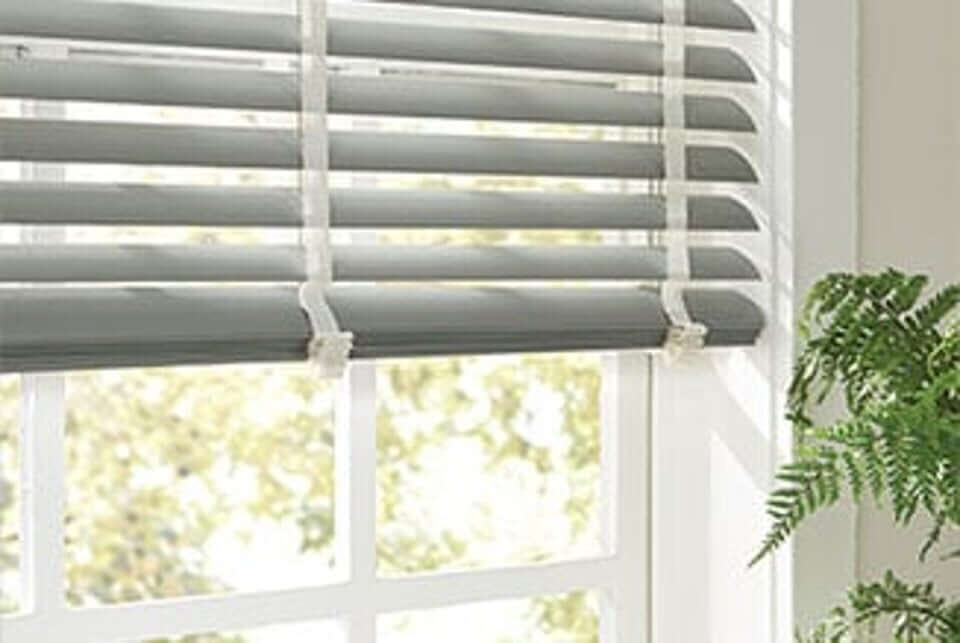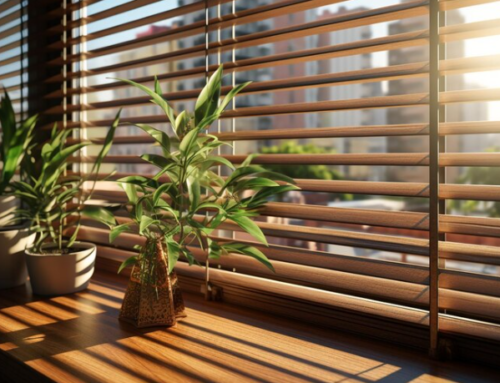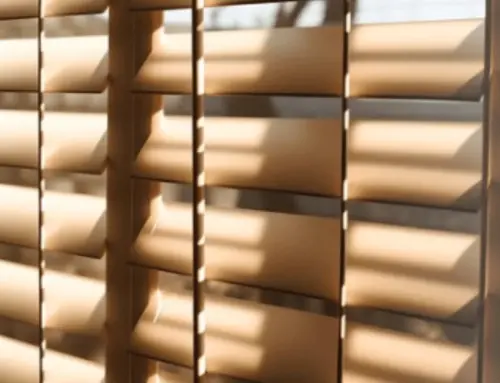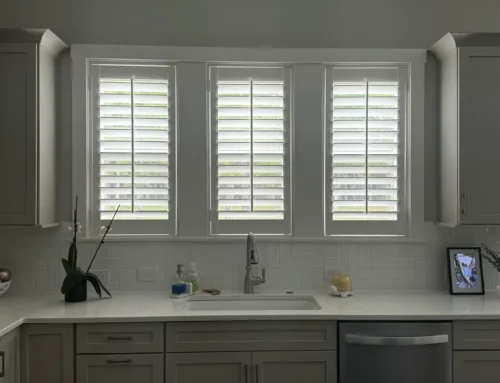High energy bills aren’t always about your HVAC system or insulation. Sometimes, the culprit is something as simple as your window blinds. The way you open, close, or even choose your blinds can make a surprising difference in how much you pay to heat or cool your home.
In the summer, the right blinds can block out intense sunlight, keeping your home cooler and reducing air conditioning costs. In the winter, they add an extra layer of insulation, helping to trap warmth inside. Yet, most people overlook this small detail, missing out on an easy way to cut costs.
Whether you prefer sleek roller shades or classic wooden blinds, your window treatments do more than just add style—they impact your energy bills in ways you might not expect.
How do window blinds influence indoor temperature and energy costs?
Window blinds play a significant role in influencing indoor temperature and energy costs. Here’s how they impact your home’s energy efficiency:
Heat Control in Summer
- Blocking Direct Sunlight: Blinds can block direct sunlight from entering your home, reducing solar heat gain. This helps keep your home cooler in the summer, reducing the need for air conditioning and lowering cooling costs.
- Reflecting Heat: Some blinds, particularly reflective or light-colored ones, can reflect sunlight away from windows, preventing heat from entering and maintaining a comfortable indoor temperature.
Insulation in Winter
- Reducing Heat Loss: Blinds, especially thermal or cellular shades, provide an extra insulation layer over windows. They reduce heat loss during the winter by trapping air between the window and the blind, keeping the warmth inside and lowering heating costs.
- Maintaining a Stable Temperature: Blinds help maintain a consistent indoor temperature by preventing drafts and keeping warmth in, reducing the strain on your heating system.
Overall Energy Savings
- Less HVAC Usage: Properly adjusted blinds reduce the need for heating and cooling, which lowers the energy consumption of HVAC systems. This leads to long-term savings on your utility bills.
- Enhanced Efficiency: Energy-efficient blinds can act as passive climate control, ensuring your home stays comfortable without relying heavily on air conditioning or heating.
Window blinds are a simple and effective way to control indoor temperature and reduce energy costs throughout the year.
Can window blinds help reduce heating and cooling expenses?
Yes, window blinds can help reduce heating and cooling expenses by providing an added layer of insulation and controlling the amount of sunlight entering your home. Here’s how they contribute to energy savings:
Blocking Heat in Summer
- Sunlight Control: Blinds can block direct sunlight, reducing solar heat gain and preventing your home from getting too hot. This helps reduce the reliance on air conditioning, lowering cooling costs.
- Reflective Blinds: Certain blinds, such as reflective or light-colored ones, help reflect sunlight away from windows, keeping indoor temperatures cooler.
Insulating in Winter
- Preventing Heat Loss: During colder months, window blinds, especially thermal or honeycomb blinds, are an extra insulation layer. They trap air between the blinds and the window, preventing warm air from escaping and cold drafts from entering, reducing heating costs.
- Minimizing Drafts: Blinds help seal gaps around windows, preventing heat loss and ensuring your heating system works more efficiently.
Overall Energy Efficiency
- Less HVAC Usage: By maintaining a more stable indoor temperature, blinds reduce the need for constant heating or cooling, easing the strain on your HVAC system and lowering your energy bills.
- Improved Comfort: With effective temperature regulation, blinds ensure consistent comfort throughout the year, reducing the need for temperature adjustments.
Using window blinds strategically can significantly lower heating and cooling expenses by improving energy efficiency and maintaining a comfortable indoor climate.
What makes certain blinds more energy-efficient than others?
Certain window blinds are more energy-efficient due to their materials, design, and how they interact with your home’s temperature. Here’s what makes them stand out:
Material Insulation
- Cellular Shades: These blinds feature honeycomb-shaped cells that trap air, providing insulation by creating a barrier between the window and the interior. This helps reduce heat loss in winter and keeps your home cooler in summer.
- Thermal or Insulated Fabrics: Some blinds are made from thick, insulated materials that prevent heat from escaping or entering, offering better control over indoor temperatures.
Light-Reflective Coatings
- Reflective or Light-Colored Blinds: Blinds with reflective coatings or light-colored finishes can reflect sunlight away from the window, reducing solar heat gain in summer and keeping rooms cooler.
Tight Fit and Seal
- Custom Fit or Adjustable Blinds: Blinds that fit tightly against the window frame or can be adjusted to block gaps effectively minimize drafts, reducing energy loss and improving overall efficiency.
Choosing the right materials and design for window blinds helps enhance energy efficiency and lower heating and cooling costs.
How does blind material affect energy savings throughout the year?
The material of window blinds plays a crucial role in energy savings by providing insulation, blocking heat, and controlling light. Here’s how different materials impact energy efficiency throughout the year:
Insulated Fabrics (Thermal Blinds)
- Winter: Insulated or thermal blinds help retain heat within your home during colder months by creating a barrier that prevents warm air from escaping.
- Summer: These blinds also block external heat from entering, reducing the need for air conditioning and keeping your home cooler.
Cellular Shades
- Year-Round Efficiency: Cellular shades, with their honeycomb design, trap air within the cells, providing both insulation in winter and heat protection in summer. This reduces reliance on heating and cooling systems, leading to energy savings year-round.
Reflective Materials
- Summer: Blinds made with reflective or light-colored materials reduce solar heat gain by reflecting sunlight away from the window. This keeps rooms cooler and cuts down on cooling costs.
Choosing the right blind materials ensures consistent temperature regulation, lowering heating and cooling costs across all seasons.
Save on Energy Bills with the Right Blinds!
At The Blind Man, we understand how much window blinds can impact your energy costs. The right blinds not only enhance the look of your home but also help reduce heating and cooling expenses by improving insulation and controlling light.
Our selection of energy-efficient blinds, including cellular shades and thermal fabrics, can keep your home cooler in the summer and warmer in the winter, reducing your reliance on HVAC systems. Contact The Blind Man today to find the perfect blinds that save money year-round!





